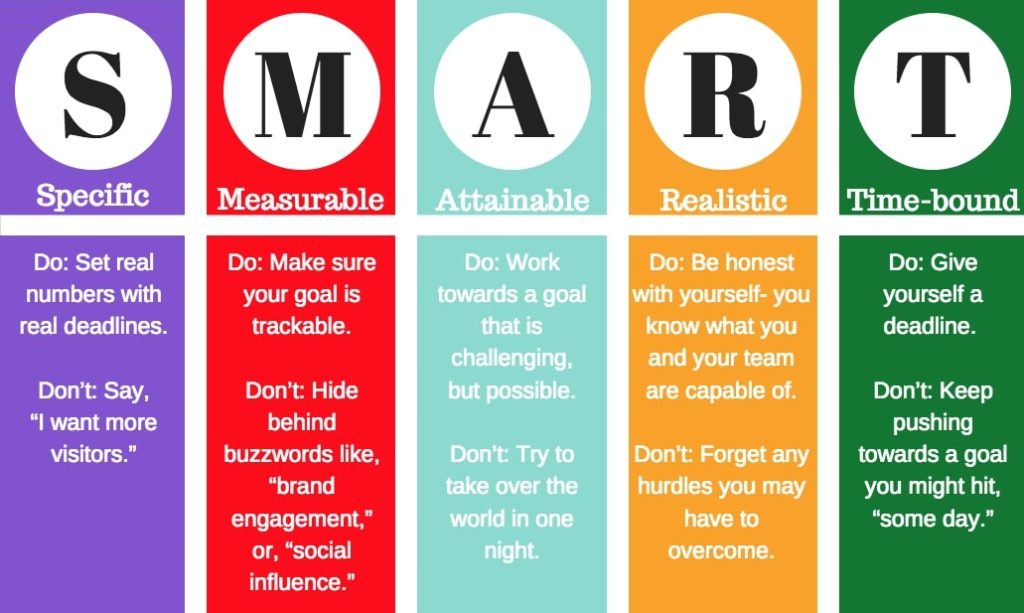Last week we spent our time discussing your marketing plan, operational plan, and the management and organizational plan. We will solely focus the attention of our plan on the marketing plan. It is imperative that you understand that no matter how great your idea may be, your business will not be as successful as it would be without a marketing plan. The holy scriptures tell us that without a vision, the people perish. You can apply that philosophy to your marketing plan. Churches conduct marketing every Sunday by preaching the Gospel of Jesus Christ. You have to have a plan in place to let the world know the “good news” about your business. There are several components of your marketing plan which we will discuss:
- Market Research
- Marketing Goals and Objectives
- Defining Your Target Customer
- Budgeting and Timeline
When working on the marketing plan, there are no short cuts that you should take here as it is the most important component of your business plan. It requires attention to the details, as the adage mentions that the devil is in there. Any oversight can cause you business plan not to succeed. Being cognizant of the techniques your predecessors and competition failed, you must not! So let us jump into success!
Market Research

Your marketing plan begins here with market research. It is the beginning of a thoughtful, careful, and systematic research. A bad idea is to think you know who your intended target audience is and that you know everything about your market. You must research existing market publications, industry profiles, trade journals, newspapers, magazines, census data, and demographic profiles. This type of information is available in public libraries, industry associations, chambers of commerce, from vendors who sell to your industry, and from government agencies.
You should also conduct your own research, such as looking at traffic counts for your future location. How many people travel around your location? Will they know where you are located? Conduct surveys to look at your competition’s customer’s pain points are so where they have failed, you will succeed. Be sure to give statistics, numbers, and data to support your marketing research.
Marketing Goals and Objectives

Once you’ve completed your research, you will need create your marketing goals and objectives. Those are SMART:
- Specific
- Measurable
- Attainable
- Realistic
- Time-Bound
Your SMART goals can be “to increase revenue by 15% for 3Q”, or it can be to drive website traffic to your online retail store where you offer free shipping for orders over $50 for 4Q sales. These objectives are very specific, they can be measured, are attainable, and realistic, and are time focused. It will allow you to realistically evaluate what you are trying to achieve by assessing what actions to take to reach your goal.
Defining Your Target Audience

You will need to completely understand your ideal customer, who they are, how old they are, gender, race, income, and how their buyer behaviors are. Building your target audience consists of knowing the goals, desires, interests, and pain points of your ideal customers. Some examples of target audience could be Mothers 24-35 who have discretionary income, who like to travel, and exercise. Another example is married males 35-45, who like cooking and sports. These are the group of people who are the most likely to buy your product or service. They are the group of people who need to see your advertisements. As a faith-based business, your target audience should also share your faith as well.
Budgeting and Timeline
Be sure to have a budget set aside to get the message of your business out to your target audience. By knowing your audience, you know the best media to use to reach them, when and where to reach them. You will know that if they are not television watchers, TV ads will be a waste of your budget. If they are active on social media, such as Instagram or TikTok, creating and using paid ads may be a more cost-efficient method to reach your target audience. Your budget should also follow the SMART guideline mentioned before.
Your timeline is how you plan to get your campaign on the market. For example, you may want to increase sales for the holiday season, you will want to have a timeline that will have your ad content reaching the target audience in by mid 3Q, so your timeline begins at conception around 2Q, production will begin in 3Q and ready to begin advertising by the end of 3Q. Your timeline should also follow the SMART guidelines for success in your marketing plan.
Next week we will discuss the financial plan and how to get funding based on your start-up costs and how to look at your financial projections. Stay tuned!
References:
- Buttle, R. (2022, April 14). Five essential elements of a marketing plan for a small business. Forbes. Retrieved September 19, 2022, from https://www.forbes.com/sites/rhettbuttle/2021/01/12/five-essential-elements-of-a-marketing-plan-for-a-small-businesses/?sh=7f0324a6259c
- Roberts, S. (n.d.). What is a target audience? definition and examples. Cyberclick. Retrieved September 19, 2022, from https://www.cyberclick.net/numericalblogen/what-is-a-target-audience-definition-and-examples#:~:text=Your%20target%20audience%20might%20be,age%2C%20gender%2C%20and%20interests.
- Evolution, M. (n.d.). How to find your target audience: Marketing evolution. How to Find Your Target Audience | Marketing Evolution. Retrieved September 19, 2022, from https://www.marketingevolution.com/marketing-essentials/target-audience